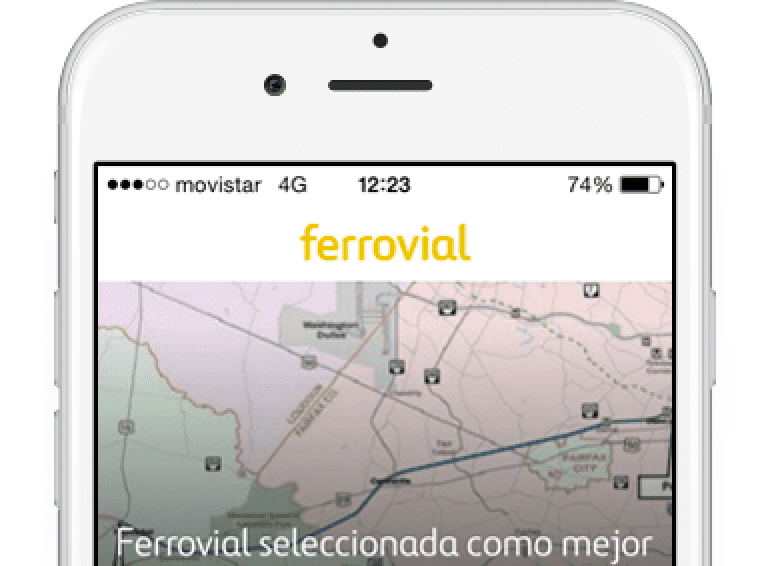A decade flies by quickly in the infrastructure world, but some projects leave impressions that last generations. The LBJ Express in Dallas, TX is one of those projects – and the lessons we learned building it continue shaping how we approach challenges today.
The LBJ Express managed lanes was one of the largest public private partnerships (P3) infrastructure projects in Texas. While the P3 model was still relatively new when construction began in 2009, the approach allowed the project to advance more quickly – reaching completion within six years instead of the 10 to 20 years it would have taken with traditional public funding.
The LBJ Express project also brought new innovations to the forefront, including the implementation of a cantilevered design on the LBJ/635 managed lanes. This innovative approach, which allowed for much-needed expansion within a tight geographic footprint, saved $1 billion in total construction costs. Technology still plays a crucial role in the project’s ongoing operations and maintenance efforts, which are directed and monitored 24/7 through a real-time smart traffic management center on the corridor.
We recently sat down with Clara Balboa, Ferrovial’s Quality Director for North America, who was instrumental in bringing this transformative project to life. Her story illustrates how pivotal experiences shape leaders and entire organizations.
The Real Education Happens on the Job
“My LBJ learnings feed into decisions I make today,” Clara said. “You don’t always use input immediately, but it becomes part of how you think, how you solve problems.”
This is the reality of the infrastructure industry – every project becomes a building block for the next challenge. Clara started in the construction technical office, aiding when design met the reality of construction. What seemed like a support role developed her expertise in infrastructure leadership.
These days, Clara is focused on strengthening quality systems across Ferrovial’s projects in North America. “We’re working on integrating predictive analytics and AI tools into our quality assurance workflows to anticipate issues before they arise. Another exciting area is training and development–we’re rolling out new programs to help our teams adapt to changes and foster a culture of continuous improvement. It’s all about building smarter and supporting our people.”
The Moment Everything Changed
The LBJ Express project had to overcome two major challenges: a tight construction timeline and extremely high traffic volumes—more than 250,000 vehicles a day. To meet these constraints, we developed innovative design and construction solutions, like redesigning the Dallas North Tollway interchange which was simplified from a four-level to a three-level design trough adjusting the span lengths of the existing steel composite bridge by relocating its supports.
We also created a custom lifting device to install girders in tight spaces, which was key to building the cantilevered decks for the managed lanes. These strategies, among others, allowed us to manage complex traffic control, overlap construction activities, and significantly reduce the overall schedule. Technology also played a role in improving coordination and communication.
“3D surveying was a complete game changer,” Clara says, and she’s not exaggerating. “Suddenly we could coordinate between different disciplines in ways that seemed impossible before.”
Nowadays, beyond 3D modeling, Ferrovial is leveraging a suite of advanced technologies that are transforming construction. For example, we are using digital twins and virtual reality to enhance design and asset management and cloud-based platforms like have completely changed collaboration by connecting teams with live building information modeling (BIM) data. These innovations are reshaping how we work together and make decisions.
Safety Became Personal
“What excites me most is how tech is helping us build safer and smarter,” Clara reflects. “Tools like digital twins and AI modeling are turning safety into a proactive effort, and platforms that streamline info-sharing are helping teams focus on solving problems instead of chasing data. It feels like technology isn’t just supporting us, it’s part of the team.”
The most profound change Clara has witnessed complements these new technologies – it’s how the company thinks about the people who build the infrastructure.
“Employees today have much more personal self-awareness about safety,” she observes. “It used to be assumed that people would just know what to do, but sometimes they were so focused on being effective that they’d make risky decisions without realizing it.”
This shift represents something bigger. It’s recognition that our highest priority is making sure the people who build our infrastructure projects go home safely every night, and that productivity flows from sustainable practices.
Looking Back, Building Forward
“I look back and surprise myself,” Clara admits. “I think ‘wow, we actually did that!’ We built something amazing.”
That sense of accomplishment is the fuel that drives infrastructure teams to tackle the next impossible project. Clara’s journey from providing technical support to leading quality initiatives across North America shows how individual growth and organizational success grow together.
Her advice for the next generation: “You need passion for construction. If you don’t have it, you won’t enjoy the long hours, the continuous learning, or the discipline required. But if you love it, all that effort becomes rewarding.”
The Future of Infrastructure
The LBJ Express taught us that great infrastructure projects aren’t just about moving traffic or connecting communities – though they do that brilliantly. They’re about growing people, advancing technology, and proving that when you combine passion with persistence, extraordinary things become possible.
As we approach the next decade of infrastructure challenges, we carry these lessons forward: respect builds stronger teams, technology serves people best when it brings them together, and safety isn’t negotiable.
Looking ahead, Clara is excited about mentoring the next generation of engineers and quality leaders. “The industry is evolving rapidly, and I want to help others navigate that change with confidence and curiosity. I also see huge potential in data-driven decision-making. As we gather insights from our projects around the world, we’re building a global knowledge base that helps us design better systems, reduce waste, and deliver more value to communities. I’m thrilled to be part of a company that’s not just growing but learning from every project to shape the future of infrastructure.”




